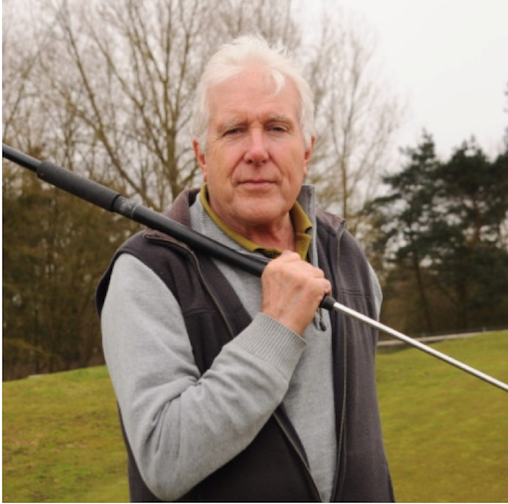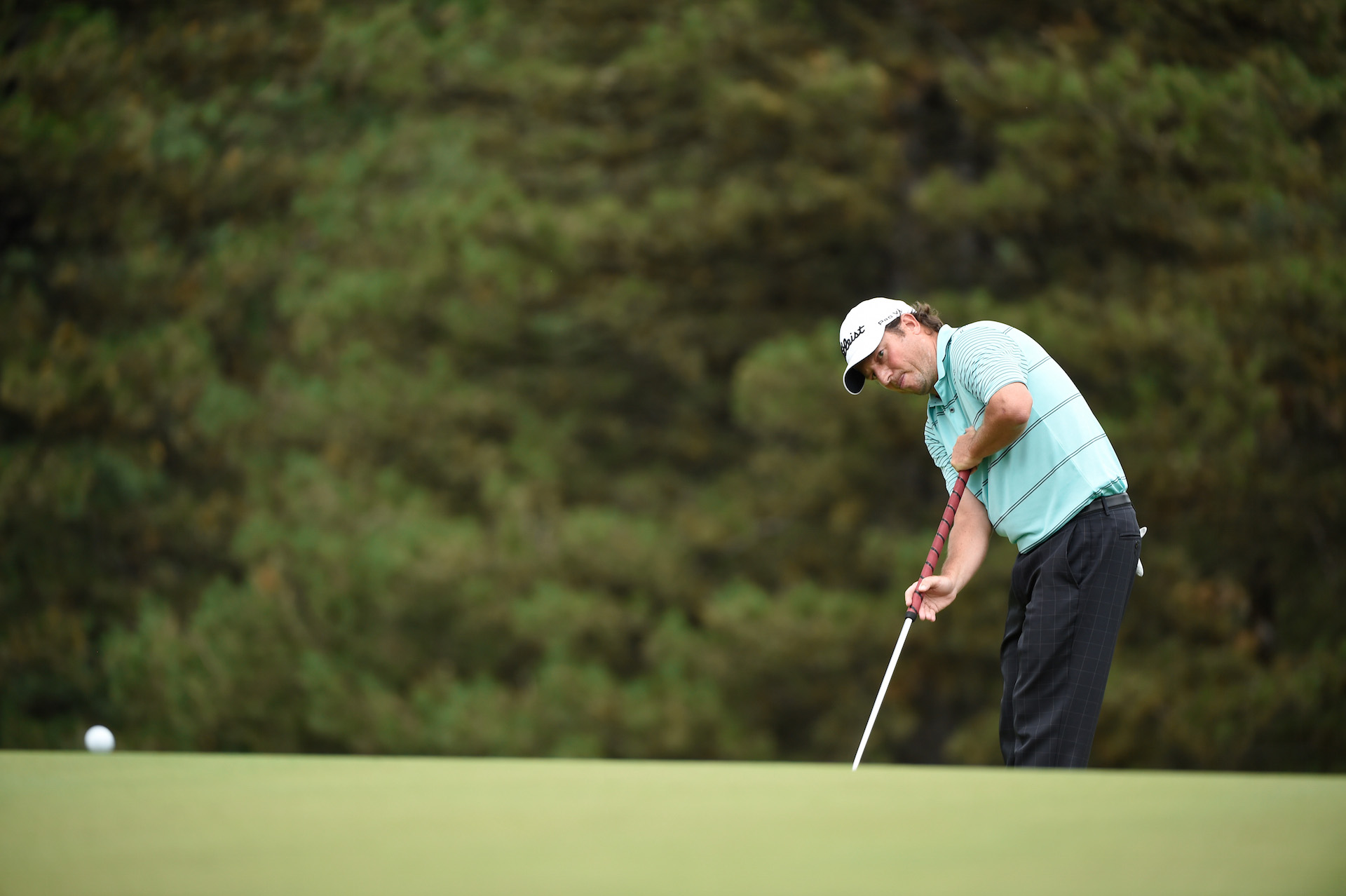News
Latest > Disabled golfer fights back over anchoring ban
Apr 24th, 2016
Disabled golfer fights back over anchoring ban
No dispensation for one-armed golfers
Words: John Dean
 A one-armed golfer has said that the ban on anchor putters is discriminatory and has effectively ruled him out of all club competitions.
A one-armed golfer has said that the ban on anchor putters is discriminatory and has effectively ruled him out of all club competitions.
The new ban on anchoring came into effect in January of this year, and people with certain disabilities were exempt from the ban, but not one-armed golfers.
At the time the then chief executive of The R&A, Peter Dawson, admitted: “We recognise this has been a divisive issue but, after thorough consideration, we remain convinced this is the right decision for golf.”
But it also means that golfers in amateur club competitions have to find a different way to putt.
Bob Payne is a 71-year-old golfer from Norfolk who lost his left arm in an accident as a child, and has anchored his long putter against his body ever since taking up the game.
He says the ban has discriminated against him.“I anchor a broomstick putter against my body,” he said.
“The ruling has effectively ruled me out of all club competitions that adhere to the rules of golf. This ruling applies to all golfers apart from disabled people who have to anchor the club to enable the club to swing. In my case, this is not so, I can swing through the stroke, but, without anchoring, I have little control over the steadiness of the swing.
“I contend that The R&A are discriminating against one-armed golfers who use a belly putter, or other methods of steadying the putter, other than with the one hand.
“My argument against this ruling is, quite simply, that holding the putter in one hand is one anchorage point. Holding the putter with two hands is two anchorage points. The ruling says that the putter cannot be anchored against the body for support, in effect, a third anchorage point for two handed players. I contend that the hands are part of the body and any further contact with the putter is an anchorage point. If The R&A had thought about it a little more, the ruling could have read ‘no more that two anchorage points including hands’.
There would then have been no further argument. I could hold the putter with one hand and anchor against my body or wherever I wished for my second anchor point, and two-handed players would hold the putter with two hands, as they do.
“I feel very strongly about this ruling. I cannot compete with two-armed players on the same level playing field. In the past, once on the green, I was an equal with two-armed players. Holding the putter with one hand to effect a steady putt is fairly impossible for me, and I feel that now I am at a further disadvantage.”
The R&A responded as follows: “It’s difficult to comment without knowing more about Mr. Payne’s specific circumstances and we would certainly encourage him to contact us directly so we can give him some advice on potential options.”
“There are a range of strokes permitted under the new rule, including gripping the club against the wrist or forearm.
“Under the modified rules for golfers with disabilities there is also an exception for golfers who cannot hold or swing the club without anchoring it.
“But if the golfer is able to make a stroke, including a putt, without anchoring the club, then the new rule applies as it does for all other golfers.”
Mr Payne, who accepts that not all one-armed golfers have been affected by the new ruling, said this was not the response he wanted to see.
“The spokesman said that the use of the wrist or forearm for support when putting is perfectly permissible. I contend that is an illegal stroke under this ruling because the wrist or forearms are extra anchorage points,” he said.
“I don’t really think The R&A will change the wording of the rule to accommodate myself or others who use a belly putter or their body for support unless there is further open debate.”
This looks to us like a classic law of unintended consequences. We would have thought this one would be an easy one to fix. Let’s see if the R&A respond more positively.
We were glad to see it go, but feel for Mr. Payne, and hope there can be a sensible way around it.
For more on the anchoring ban click here or on the image below to read how Tim Clark found a new stroke.

